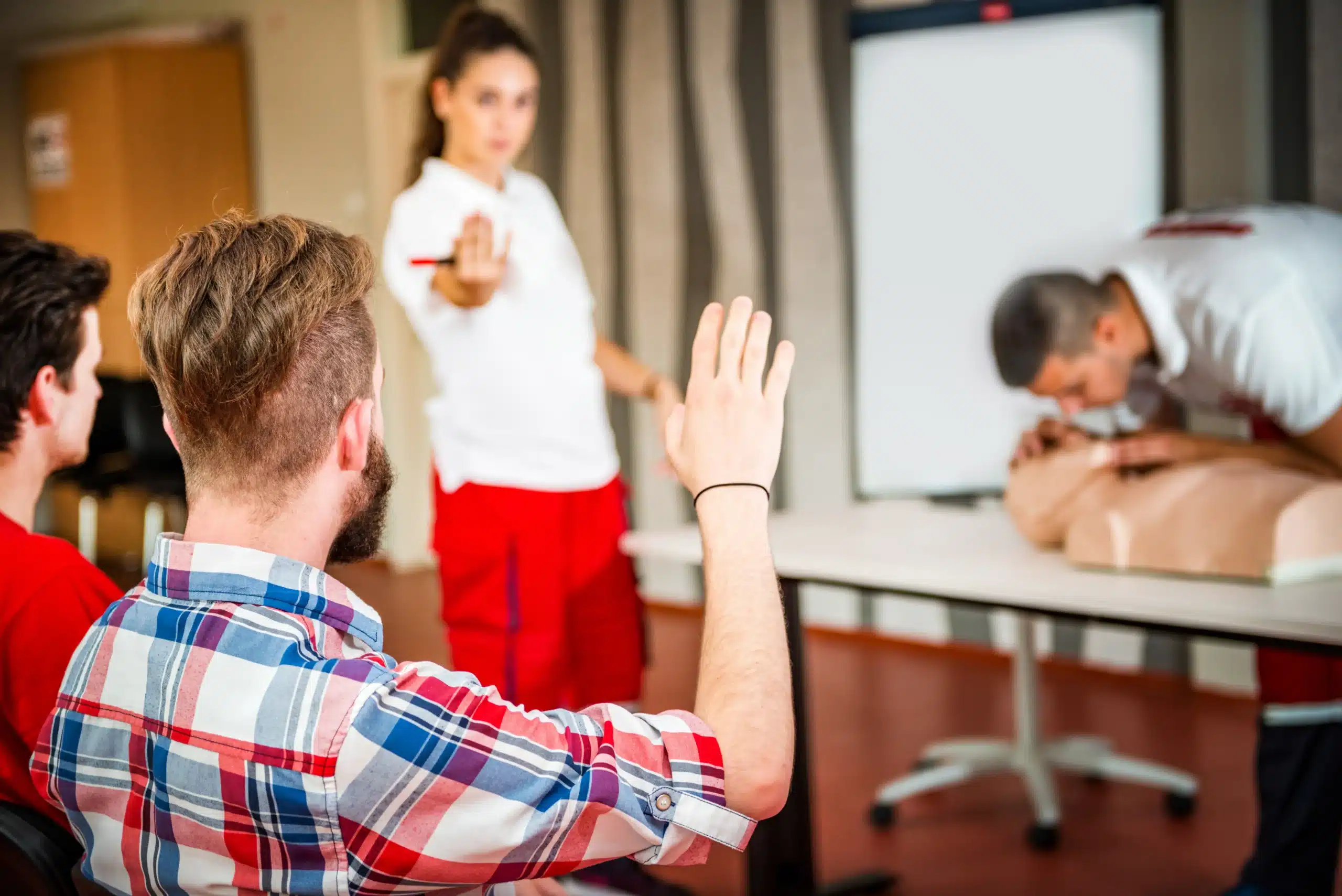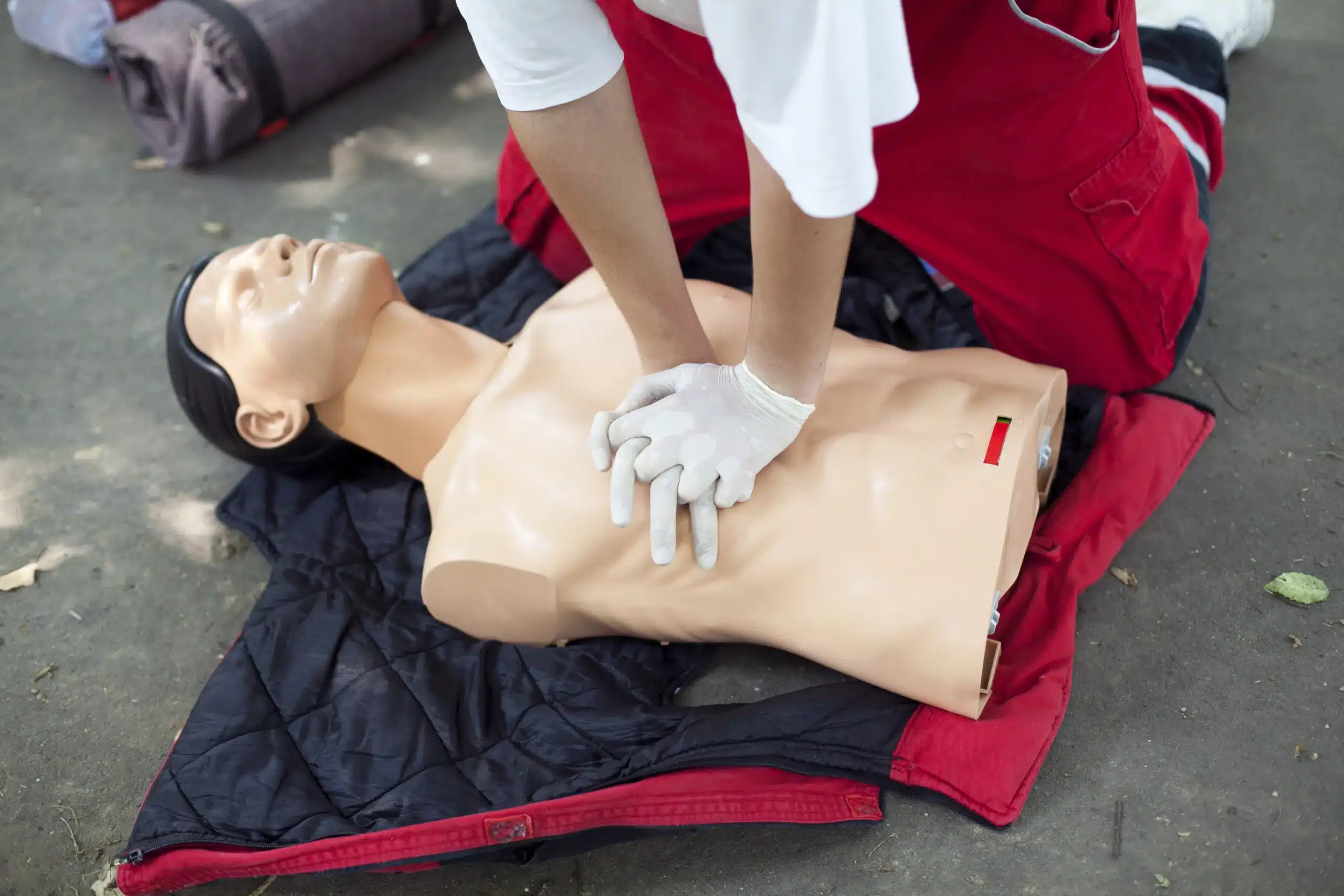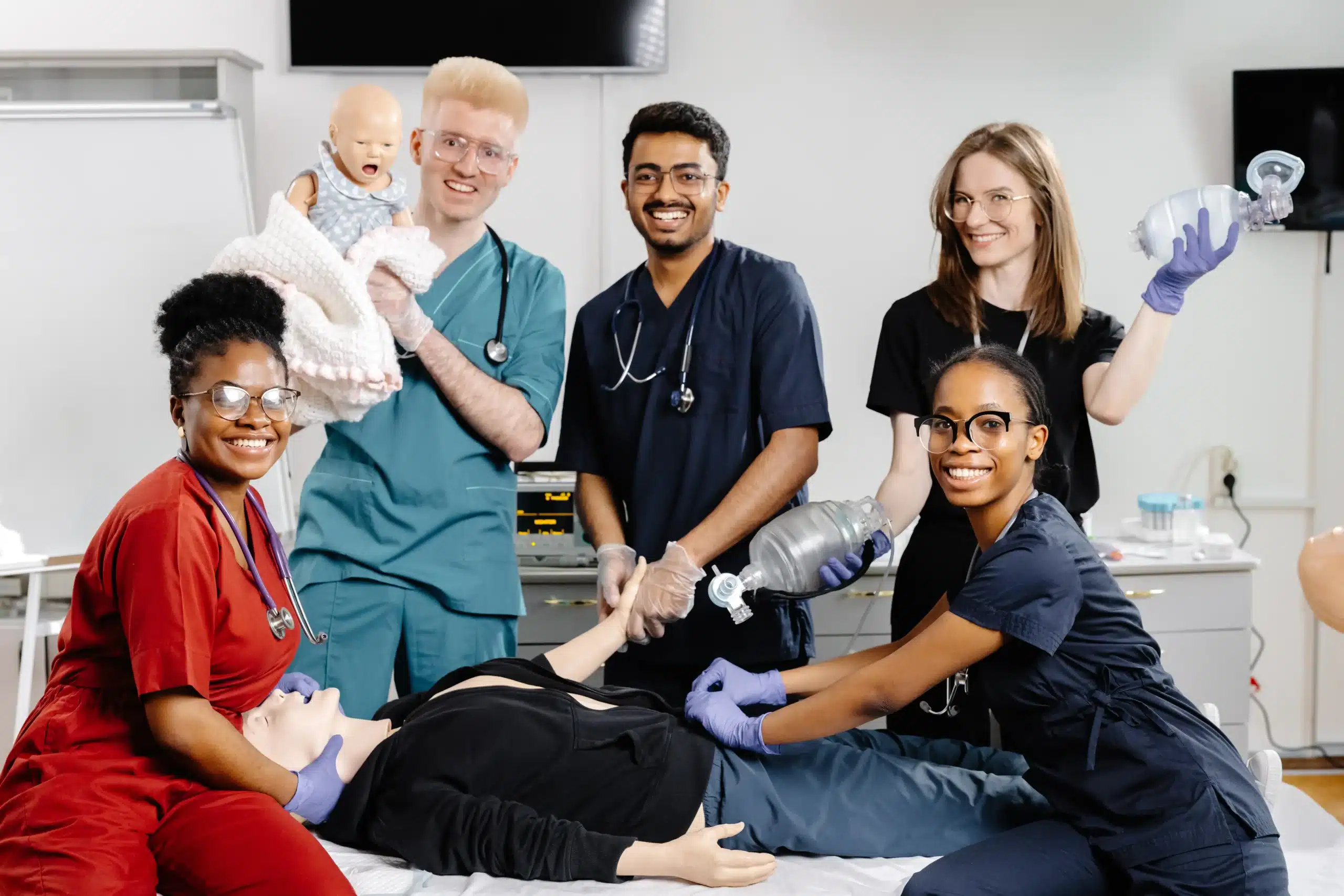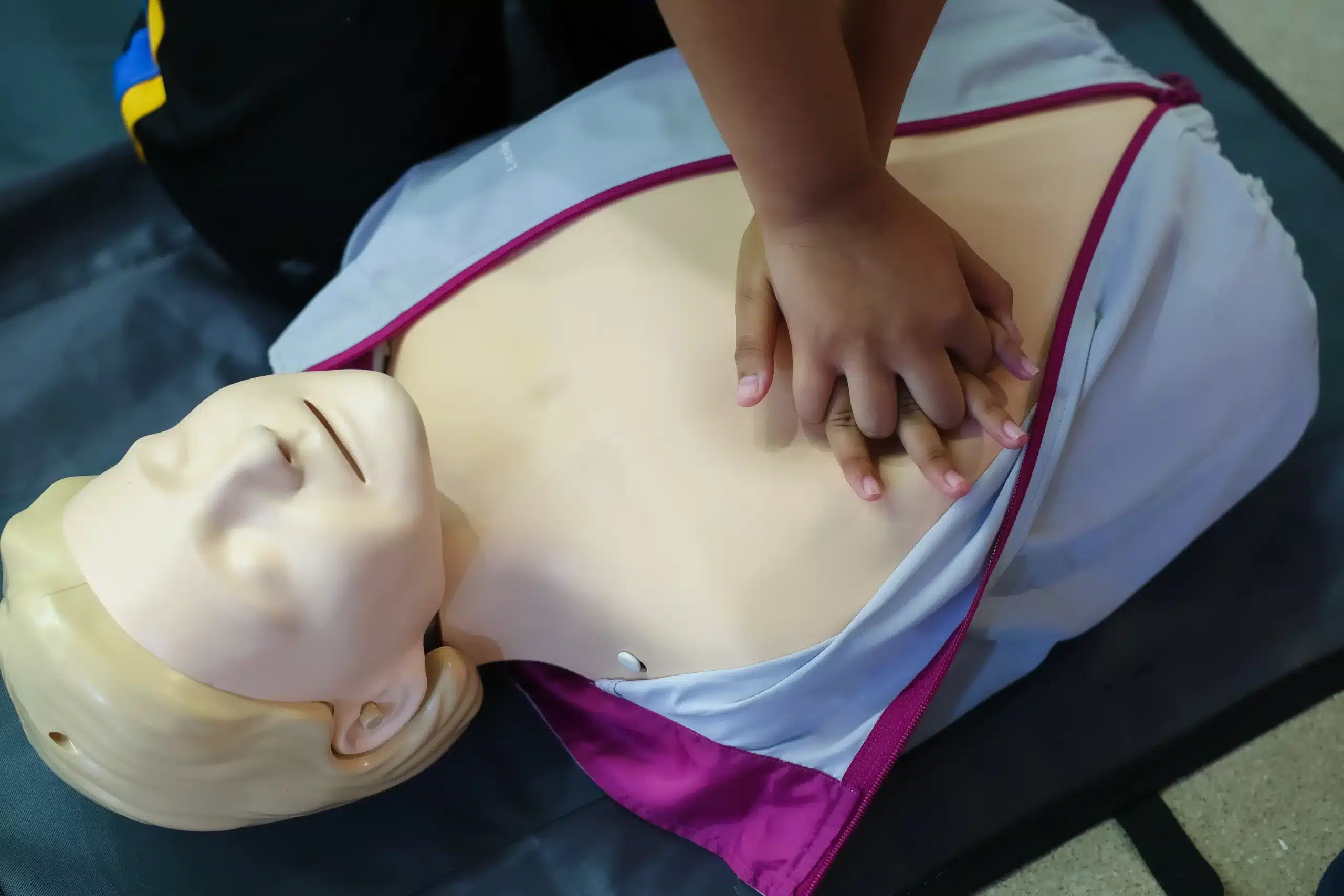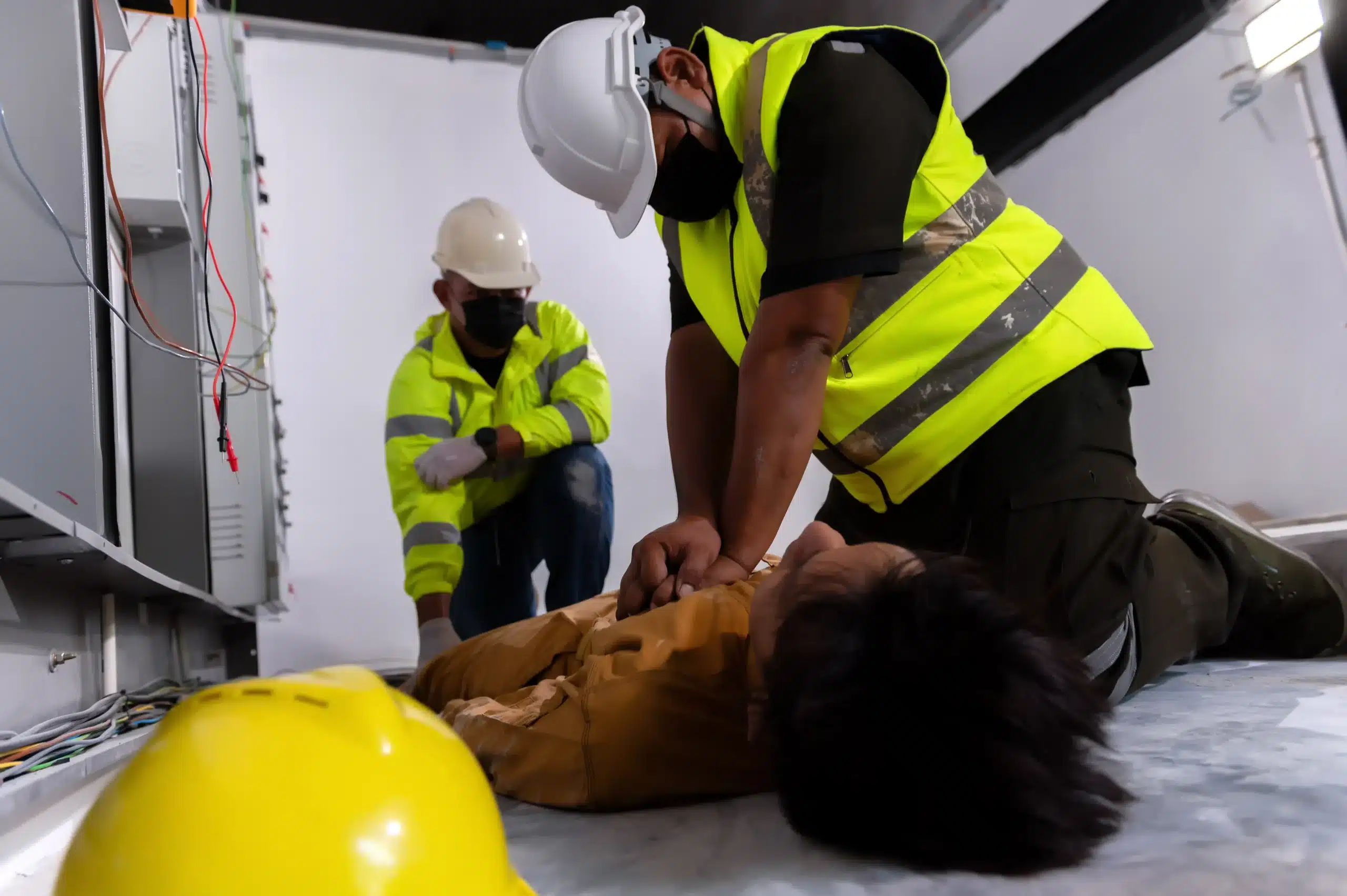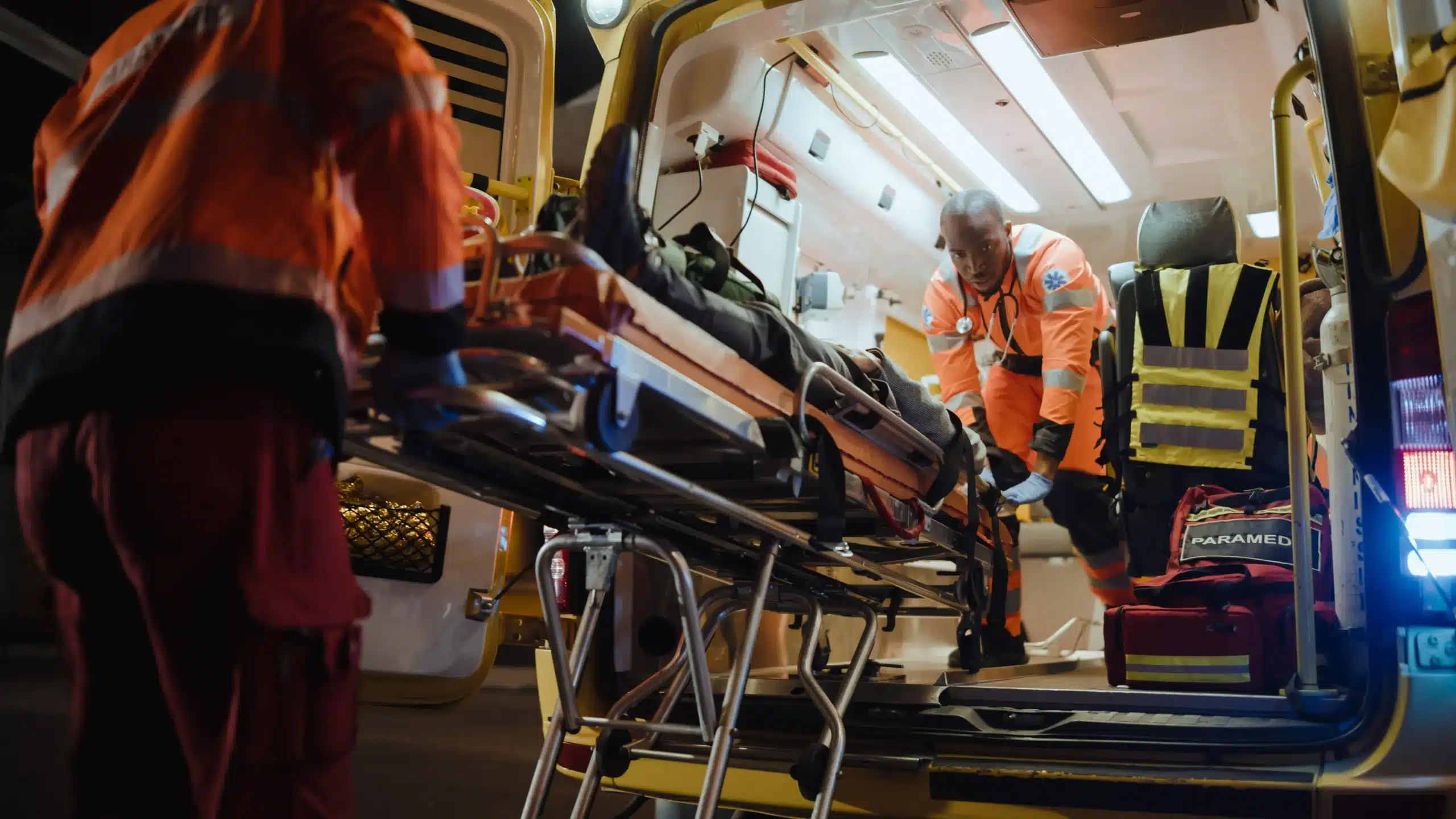Life is unpredictable, and medical emergencies can happen when we least expect them. Basic Life Support (BLS) certification equips you with the skills to respond effectively and potentially save a life. This comprehensive guide explores the world of BLS, from what it entails and why it’s important to how to find BLS certification near me and maintain your skills. Whether you’re a healthcare professional, a childcare provider, or simply someone who wants to be prepared, this article will provide you with the information you need to get started on your BLS journey.
Key Takeaways
- BLS certification empowers you to act in medical emergencies: Learn essential skills like CPR, AED use, and airway management to provide immediate care when it matters most.
- Find the right BLS course format for your lifestyle: Choose from in-person classes, blended learning, or fully online courses to fit your learning style and schedule.
- Stay current with your BLS skills through recertification: Renew your certification every two years to maintain up-to-date knowledge and provide the best possible care.
What is BLS Certification & Why Do You Need It?
Knowing how to respond to a medical emergency can be the difference between life and death. Basic Life Support (BLS) certification equips you with the skills to assist someone experiencing cardiac arrest, respiratory distress, or an obstructed airway. It’s about providing immediate care in those critical moments before professional help arrives. But what exactly does BLS certification entail, and who should consider getting certified? Let’s break it down.
What is BLS?
BLS refers to the fundamental, life-saving medical procedures performed when someone’s life is at risk. Think cardiac arrest, breathing difficulties, or a blocked airway. These are time-sensitive situations where immediate intervention can dramatically impact the outcome. BLS provides the essential tools to respond effectively and potentially save a life. It’s a cornerstone of emergency medical care, providing a crucial bridge between the onset of a crisis and the arrival of paramedics or other advanced medical professionals.
What will you learn in BLS training?
BLS training covers a range of essential skills, starting with cardiopulmonary resuscitation (CPR). You’ll learn how to perform chest compressions and rescue breaths, the core techniques for restoring blood circulation and oxygen flow. The training also covers how to use an automated external defibrillator (AED), a portable device that can help restore a normal heart rhythm. Additionally, you’ll learn basic airway management techniques to help someone who is choking or having difficulty breathing. These skills empower you to take swift action and provide vital support during a medical emergency.
Who needs BLS certification?
While anyone can benefit from BLS training, it’s often a required certification for healthcare professionals. Doctors, nurses, paramedics, emergency medical technicians (EMTs), and other first responders typically need BLS certification to ensure they can handle emergencies effectively. Many other professions, such as lifeguards, physical therapists, athletic trainers, and even teachers or childcare providers, also benefit from having these life-saving skills. Consider signing up for a BLS course even if it’s not mandatory for your job. BLS certification provides valuable skills and the confidence to act quickly and decisively in a crisis, empowering you to make a real difference.
Find BLS Certification Courses Near You
So, you’re ready to get your BLS certification—great! Now, where do you find the right course? This section breaks down your options, from local classes to online training, and helps you choose the best fit.
Where to find local BLS training
Your local community often offers several options for in-person BLS classes. Check with hospitals, community colleges, and dedicated training centers like Safety Training Seminars. These organizations typically offer regularly scheduled courses designed for various schedules. For example, the American Red Cross frequently holds BLS certification courses at its various locations. You can also often find BLS training through local fire departments or EMS agencies.
Online resources for finding BLS courses
Online resources can streamline your search for BLS courses. Many training providers list their schedules and allow online registration for both in-person and blended learning courses. This can be a convenient way to compare options and find a class that works for you. Online BLS courses have also become a popular option, offering flexibility for busy professionals.
Choosing the right BLS provider
When selecting a BLS provider, consider factors like cost, schedule, course format (online, in-person, or blended), and the provider’s reputation. Make sure the course you choose covers essential skills like CPR, AED use, and airway management, all crucial components of high-quality BLS training. Also, confirm that the certification you receive will be recognized by your employer or licensing board. Reading reviews and checking a provider’s accreditation can also help you make an informed decision.
Top BLS Certification Providers
Here are a few well-known BLS certification providers:
Safety Training Seminars in Visalia, CA
Safety Training Seminars offers a range of AHA-certified courses, including BLS, at its Visalia location. They are committed to excellent customer service and competitive pricing, serving Visalia, Tulare, and Delano, CA. Check their website for course schedules and more information. They also offer a low price guarantee, ensuring you get the best value for your training.
American Red Cross
The American Red Cross is a trusted provider of BLS training, offering flexible learning options and a wide range of course locations. Their website provides details on course availability and registration. They are known for their comprehensive approach to emergency preparedness and response training.
American Heart Association
The American Heart Association (AHA) is another reputable organization offering BLS certification. Their BLS for Healthcare Providers course is widely recognized and respected. The AHA sets the standards for many CPR and emergency cardiovascular care guidelines.
Local hospitals and community colleges
Many hospitals and community colleges offer BLS certification courses, often catering to local healthcare professionals and students. Check their websites or contact them directly for information on course offerings in your area. These can sometimes be a more affordable option, especially for students or those affiliated with the institution.
BLS Certification: Course Formats & What to Expect
Choosing the right BLS course format depends on your learning style and schedule. Let’s explore the different options available: in-person, blended learning, and online BLS courses. We’ll also cover what you can expect during your training, regardless of the format you choose.
In-person BLS Classes
Traditional in-person BLS classes offer a structured learning environment with face-to-face interaction with an instructor and other students. This format allows for immediate feedback and provides opportunities to ask questions. In-person classes are a great option for those who thrive in a classroom setting and prefer hands-on learning. Safety Training Seminars offers daily BLS courses in Visalia, making it easy to find a class that fits your schedule. These courses typically lead to a two-year certification that meets OSHA (workplace safety) standards.
Blended Learning BLS Courses
Blended learning combines online learning with in-person skills practice. You’ll complete the coursework online at your own pace, then attend an in-person skills session to demonstrate your proficiency. This format offers flexibility while still providing the essential hands-on training component. The American Red Cross offers this blended learning approach for BLS certification.
Online BLS Courses
Fully online BLS courses provide flexibility, allowing you to complete the entire course from anywhere with internet access. This format is ideal for those who prefer self-paced learning or have limited access to in-person training. While online courses offer convenience, it’s important to choose a reputable provider like the American Heart Association to ensure high-quality training.
Course Length and Structure
BLS certification courses typically take between two to four hours to complete, regardless of the format. The curriculum covers CPR, AED use, and other essential life support techniques. Online BLS courses often allow you to learn at your own pace.
Key Topics and Skills
BLS training covers essential topics and skills, including:
- High-quality CPR for adults, children, and infants
- AED use and special considerations
- Relief of choking
- Team dynamics and communication
- Basic cardiovascular life support skills (BLS skills) in various settings
Hands-on Practice
Regardless of the format, hands-on practice is crucial for BLS training. You’ll practice your skills and receive feedback from certified instructors. This builds confidence and prepares you to respond effectively in emergencies. The hands-on portion ensures you can apply the skills you’ve learned.
How Much Does BLS Certification Cost?
Knowing the price range for BLS certification helps you budget and find the best value. Let’s break down the typical costs and how you can save.
Average BLS Course Prices
BLS certification costs vary depending on the training provider and course format. Expect to pay around $75 to $100 for an American Heart Association course. Online BLS courses are often more budget-friendly, typically ranging from $20 to $60, including your exam and certification card. Remember that prices can change, so check directly with the training center. CPR Care offers helpful articles evaluating the cost of BLS certification.
Discounts and Promotions
Want to lower the cost of your BLS training? Look for discounts! Many providers offer lower rates for group registrations, students, or members of specific organizations. You might also find seasonal promotions or early registration discounts. Check with local training centers or browse online providers like CPR Certified to see what’s available. The YMCA often has reduced rates for members.
Benefits of BLS Certification
BLS certification is an investment in your skills and career. It empowers you to confidently respond to medical emergencies, providing essential care until professional help arrives. This training covers recognizing life-threatening situations, giving high-quality CPR, and using an AED. Beyond personal benefits, BLS certification can increase workplace safety and ensure you meet regulatory requirements, as detailed by the American Heart Association.
Safety Training Seminars’ Low Price Guarantee
At Safety Training Seminars, we believe that life-saving skills should be accessible to everyone. Our low price guarantee ensures you get the best possible value for your BLS certification. We offer competitive pricing and strive to make training affordable, so you can focus on learning these essential skills. Contact us to learn about our current rates and how we can help you get certified.
Get Certified & Stay Up-to-Date
Once you’ve decided to pursue BLS certification, you’ll want to understand what the process entails and how to maintain your skills. This section covers everything from exams and certification validity to the importance of staying current with the latest guidelines.
Exams and skills assessments
BLS certification involves demonstrating your knowledge and skills through various assessments. You can expect a written exam covering essential concepts like CPR, AED usage, and airway management. Practical skills tests will also be required, where you’ll perform techniques on mannequins under the supervision of an instructor. These hands-on evaluations ensure you can apply your knowledge effectively in real-life scenarios. For more information on our courses, visit our BLS page.
How long is BLS certification valid?
BLS certification is typically valid for two years. This timeframe ensures that certified professionals maintain up-to-date knowledge and skills, as medical guidelines and best practices can evolve. Before your certification expires, you’ll need to recertify to continue practicing. Check out our RQI classes for convenient renewal options.
Renewing your BLS certification
You can renew your BLS certification by taking a recertification course. Many providers offer these courses, often available both in-person and online. It’s a good idea to start looking into renewal options about 30 days before your certification expires to avoid any gaps in your credentials. Check with your certifying organization or training center for specific renewal requirements and available courses. Contact us at Safety Training Seminars for more information. We offer a variety of convenient options to fit your schedule. You can also browse our available BLS courses in Visalia.
The importance of current skills
Staying current with your BLS skills is crucial for providing effective emergency care. Medical guidelines and best practices are constantly being refined based on the latest research and evidence. Regularly updating your certification ensures you’re equipped with the most current knowledge and techniques to deliver the best possible care during emergencies. Take advantage of our low price guarantee and get the training you need at the best price.
Continuing education options
Even after receiving your initial BLS certification, numerous continuing education opportunities are available to enhance your skills further. These can include specialized courses, workshops, and online resources that delve into specific aspects of emergency care. Taking advantage of these opportunities demonstrates your commitment to professional development and ensures you stay at the forefront of best practices in BLS. Online BLS courses offer a flexible way to maintain and expand your skills, allowing you to learn from anywhere with internet access.
Related Articles
- BLS Certification in Walnut Creek: Your Guide – Visalia CPR Classes
- BLS Training Near Me: A Practical Guide – Visalia CPR Classes
- BLS Certification in Concord: The Complete Guide – Visalia CPR Classes
- BLS Certification in Tulare County: Your Complete Guide – Visalia CPR Classes
- BLS for Healthcare Providers in Tulare: A Practical Guide – Visalia CPR Classes
Frequently Asked Questions
What’s the difference between CPR and BLS?
CPR (Cardiopulmonary Resuscitation) is a specific technique used within BLS (Basic Life Support). BLS encompasses a broader range of skills, including CPR, using an AED, and relieving choking. Think of CPR as one tool in the BLS toolkit.
How often do I need to renew my BLS certification?
BLS certification is typically valid for two years. Recertification is required to stay current with the latest guidelines and maintain your credentials.
What if my BLS certification expires?
If your BLS certification expires, you’ll need to take a recertification course to renew it. It’s best to plan and enroll in a recertification course before your current certification lapses.
Are online BLS courses as good as in-person classes?
Both online and in-person BLS courses can provide you with the necessary knowledge and skills. Online courses offer flexibility, while in-person classes provide a more interactive learning experience. Choose the format that best suits your learning style and schedule. Regardless of format, ensure your chosen course includes a hands-on skills assessment component.
How can I find BLS courses near me?
You can find BLS courses through various avenues, including local hospitals, community colleges, and dedicated training centers like Safety Training Seminars. Online resources and websites of certifying organizations like the American Red Cross and American Heart Association can also help you locate courses in your area.
